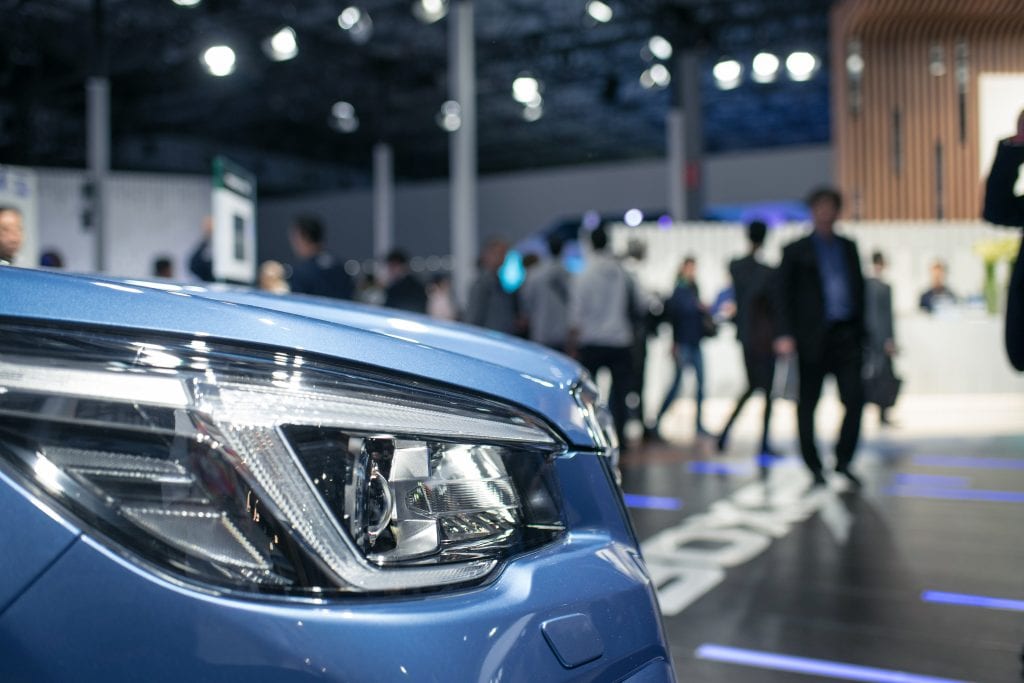Keeping it Simple: “Smart” Systems, Fancy Lingo, and Your Car Dealership
Most of us are familiar with that old acronym expressed with the word “K.I.S.S.” We know that, in communication, we should try to “Keep it simple, stupid” if we want others to grasp the message we’re trying to convey.
Regrettably, as technological advances have pushed themselves into so many avenues of our lives, industry leaders have missed opportunities to “keep it simple” when explaining what “smart technology” and “smart systems” are. Rather than translate Techspeak into regular, understandable, day-to-day English that we “normal” people can comprehend, Techies have introduced a complex and buzzword-saturated language to the masses with the expectation that we simply “keep up.”
With that in mind, here are just a few important vocabulary terms and concepts that can equip car dealers like you with the baseline information you need to make “smarter” decisions about your dealership and your energy resources.
Smart Control System
A system that has multiple devices connected to and working with each other through the internet. These devices work in concert with one another to create some sort of structure that controls a process (like managing the lighting in a dealership).
Networked Controls
These are the individual pieces / devices that are connected to one another as part of the overall smart system.
Internet of Things (IoT)
A system / network made up of devices that collect data and interact with one another.
If it sounds like the words “smart system” and “Internet of Things” can basically be used interchangeably, well, they can. In fact, in many cases, all three of these terms can be used interchangeably. If there’s one main takeaway, without needing to ever get bogged down in industry jargon again, it’s this:
Smart systems are made up of connected devices that do stuff. Period.
OK, it’s not exactly that simple, but you get the point. Not bad, right? These devices can be programmed to do a variety of things, depending on what the user wants. For example, Alexa or Google Home can be programmed to play music or turn on the TV or dim the lights. In a similar fashion, networked controls can be programmed to operate the commercial lighting and HVAC systems at the car dealership. As part of a larger “smart” system these connected devices can save you money, energy, and time, while providing a host of other benefits.
And armed with simpler definitions, we can feel confident when speaking with others about opportunities to improve our businesses with smarter technology.






Recent Comments